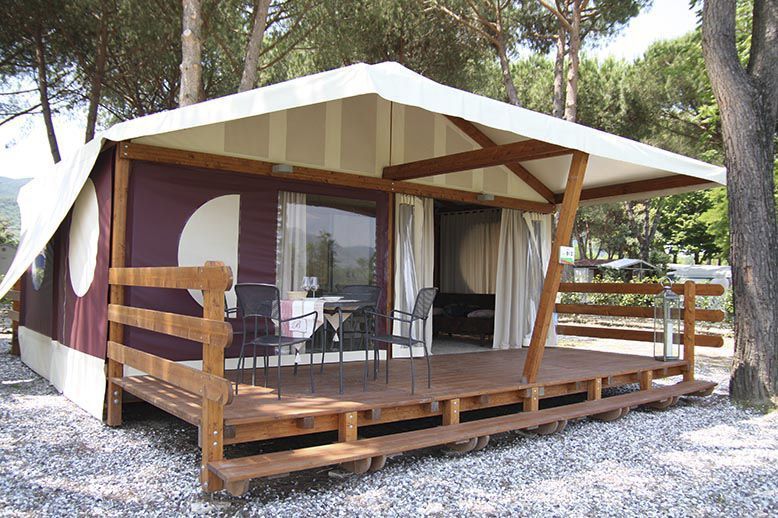

A liquid oxygen tank takes up much less space than a large compressed oxygen tank, but a big disadvantage of liquid oxygen is that it evaporates when it is not being used. One of the reasons this system is not used as often is because liquid oxygen is expensive and insurance companies may not cover the cost. The liquid changes into gas as your baby breathes it in. Oxygen that has been cooled to a liquid state is stored in tanks. A portable backup oxygen tank is needed, too, for times when your baby isn't near an electrical outlet and just in case there's a power outage. Someone from the medical equipment company will show you how to use the concentrator. It's usually sent to your home and it runs on electricity. This device separates oxygen out of the air and gives it to your baby. A representative from the durable medical equipment (DME) company you use will show you how to read the gauges so you can tell when you need to refill your tanks. You may also get a big, non-portable gas tank. The number of tanks you get depend on how much oxygen your baby needs. Small, pre-filled tanks of oxygen are delivered to your home before your baby is discharged from the hospital. There are three main types of oxygen delivery systems used at home, including:Ĭompressed gas. For a ventilator or CPAP machine, your doctor will prescribe the settings you will need for the machine. This is usually written as a specific flow rate (for example, ¼ liter of oxygen per minute) when a nasal cannula is used. Your doctor will prescribe how much oxygen your baby needs. In a small number of babies, oxygen is delivered through a tube in the neck called a tracheostomy, a continuous positive airway pressure (CPAP) machine or a ventilator. Caring for your baby at home also helps reduce healthcare costs.įor home use, most babies get oxygen through a nasal cannula, a small tube that fits in your baby's nostrils and secures around the head. Being at home benefits both your child's and your family's emotional health.

If it is left untreated, hypoxemia can create issues like:ĭangerous drop in heart rate (bradycardia)īabies who are medically stable and whose parents have been trained can be sent home on oxygen to prevent hypoxemia. Pulmonary hypertension with or without congenital heart diseaseĬhildren who are (or were) dependent on a ventilator for breathing Some of the chronic respiratory conditions that can cause hypoxemia include: It can be caused by a variety of conditions and illnesses, not just respiratory ones.

Like a fever, hypoxemia is a symptom of an underlying condition-not an illness itself. This helps them maintain normal blood oxygen levels so they can stay healthy. Children with hypoxemia may need to have oxygen therapy at home once they are discharged from the hospital. When this happens, it is called hypoxemia. By: Folasade I Kehinde, MD, MPH, FAAPĬhronic respiratory conditions can cause levels of oxygen in the blood to drop too low.


 0 kommentar(er)
0 kommentar(er)
